<< Previous | Displaying results 6751-6768 of 6768 for "" | Next >>
Learn more about the shared foundational element of eugenics on the history of racial antisemitism in Germany and racism in the United States
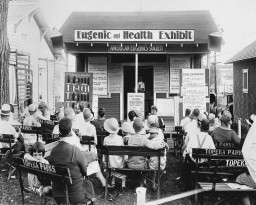
Learn about some aspects that are similar and some that are different in the history of racial antisemitism in Germany and racism in the United States.
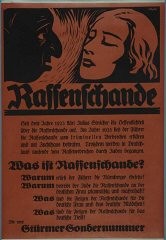
This discussion question focuses on the history of racial antisemitism in Germany and its relationship to racism in the United States.
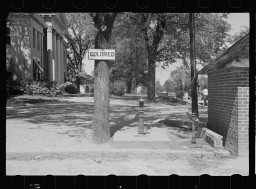
Before the Nazis seized power in Germany in 1933, Europe had a richly diverse set of Jewish cultures. Learn more about the Jewish population of Europe.

Recommended resources, topics, context, rationale, and critical thinking questions if you have limited time to teach about the Holocaust.
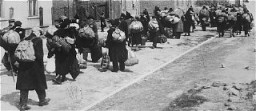
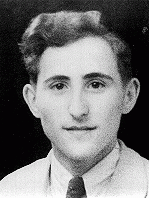
György was the only child of middle class Jewish parents living in the Hungarian capital of Budapest. His father, Istvan, was an engineer responsible for producing hydraulic grape presses for wineries. His mother, Margit, worked as a legal secretary. 1933–39: In 1938 and 1939, Hungary’s authoritarian government passed the first in a series of major anti-Jewish laws. The legislation severely restricted the participation of Jews in the economy and defined them in racial terms, much like the Nuremberg…
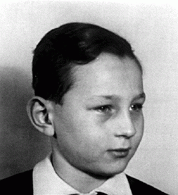
Doriane Kurz’s parents, Klara and Emil Meilech Kurz, settled in Vienna, where her father ran a thriving branch of the family's multinational optical frames business. 1933-39: Doriane was born in Vienna just two years before the Germans annexed Austria in March 1938. Her family fled to the Netherlands soon after the annexation. The Kurz family moved to the town of Maastricht where a branch of the Kurz Brothers' optical frames business was located. Doriane attended nursery school in Maastricht, but the…
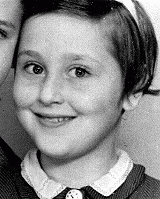
The Bergen-Belsen trial was one of the earliest war crime trials after World War II. Explore more about the trial and the Bergen-Belsen concentration camp.
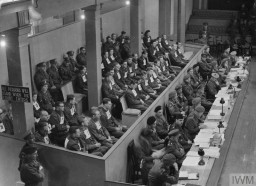
Ernest's father, František, was a professional musician who toured with a band and was often away for several months at a time. At home in Teplice-Šanov, a town in the Sudetenland on the Czechoslovak side of the Czechoslovak-German border, Ernest's mother Emilie took care of Ernest and Elizabeth (born 1927), his younger sister. Emilie also cared for the children's invalid grandmother, Friedericke, until she died in 1940 of natural causes. Ernest's maternal uncles, Rudolf and Viktor, helped the…
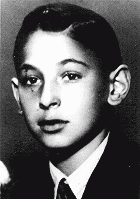
Series of articles about the establishment of the Bergen-Belsen camp and key dates in its existence as a concentration camp in the Nazi camp system
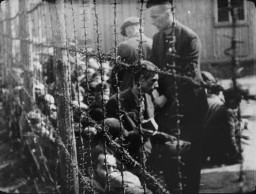
Martha and Waitstill Sharp, American Unitarian aide workers, helped thousands of Jews, intellectuals, and children in Prague, Lisbon, and southern France in 1939–1940.
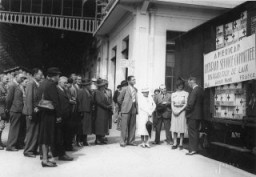
An underground courier for the Polish government-in-exile, Jan Karski was one of the first to deliver eyewitness accounts of the Holocaust to Allied leaders.
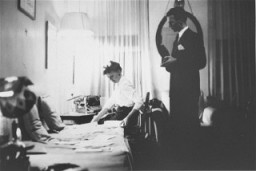
Brief overview of the charges against Hermann Göring, highest ranking Nazi official tried during the International Military Tribunal at Nuremberg.
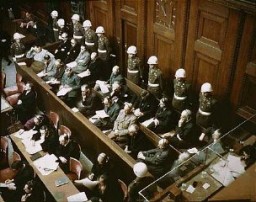
Explore a timeline of key events related to the Protocols of the Elders of Zion, the most notorious and widely distributed antisemitic publication of modern times.
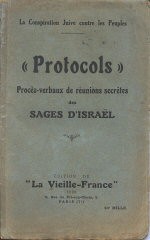
The Nazi Party was one of a number of right-wing extremist political groups that emerged in Germany following World War I. Learn about the Nazi rise to power.
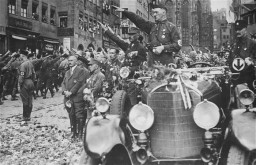
Yiddish writer Chaim Yelin was a leader of the Kovno ghetto underground resistance movement again the Germans.
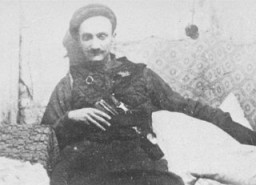
Thomas was born to a Jewish family who moved to Paris when he was 6. His father's outspoken criticism of the fascist government and his affiliation with the Hungarian Communist Party led to the family's expulsion from Hungary in 1930. With the help of his father, a professor of modern languages, Thomas quickly learned French and excelled in school. He had a special interest in poetry and music. 1933-39: Thomas's father often argued against fascism, and he was greatly disturbed when Hitler became the…

We would like to thank Crown Family Philanthropies, Abe and Ida Cooper Foundation, the Claims Conference, EVZ, and BMF for supporting the ongoing work to create content and resources for the Holocaust Encyclopedia. View the list of donor acknowledgement.